Why Your Doctor Might Suggest a Generic Medication
You walk into the pharmacy, ready to pick up your prescription, and you see a different pill than the one you’ve been taking. It’s the same name, same dose, but the color’s off, the shape’s weird, and the price is way lower. You might panic. Did they give you the wrong medicine? Is this some cheap knockoff?
It’s not. It’s a generic. And unless your doctor specifically said otherwise, it’s completely legal - and often the smartest choice.
Generic medications aren’t second-rate. They’re exact copies of brand-name drugs in every way that matters: same active ingredient, same strength, same way your body absorbs and uses it. The FDA requires them to work just as well. In fact, nine out of every 10 prescriptions filled in the U.S. are for generics. That’s not because pharmacies are cutting corners - it’s because they work.
So why do people still worry? Mostly because of how they look. Brand-name pills are designed to stand out. Generics can’t copy the exact shape or color - trademark laws forbid it. So a blue oval pill becomes a white round one. That’s it. The medicine inside? Identical.
How Much Money Can You Save?
The difference in price isn’t just a little. It’s huge.
Generic drugs typically cost 80 to 85% less than their brand-name versions. That means if your brand-name blood pressure pill costs $120 a month, the generic might be $20. For some medications, the savings are even bigger - $45 or more per prescription, according to GoodRx data.
Between 2007 and 2016, generic drugs saved the U.S. healthcare system over $1.67 trillion. That’s not just corporate profit - that’s money staying in patients’ pockets. For people on fixed incomes, chronic conditions, or without good insurance, that savings can mean the difference between taking your medicine and skipping doses.
And it’s not just about one pill. If you’re on multiple medications - say, for diabetes, cholesterol, and thyroid - switching to generics could save you hundreds, even thousands, a year.
Are Generics Really as Safe and Effective?
Yes. And the science backs it up.
The FDA doesn’t approve generics lightly. Before a generic hits the shelf, it must prove it’s bioequivalent to the brand-name version. That means it delivers the same amount of active ingredient into your bloodstream at the same rate. The acceptable range? Within 80-125% of the brand. Most generics land right in the middle - around 3.5% difference on average, far below the limit.
For most conditions - high blood pressure, depression, asthma, infections - generics are just as effective. Studies show 89% of patients notice no difference when switching from brand to generic. The same is true for safety. The FDA monitors both brand and generic drugs equally. If a generic causes a problem, the agency investigates it the same way it would for the brand.
There are rare exceptions. Some drugs have a narrow therapeutic index - meaning even tiny changes in dose can cause big problems. Warfarin (a blood thinner), levothyroxine (for thyroid), and certain seizure meds fall into this category. Even here, the FDA says approved generics are safe. But some doctors, out of caution, may stick with brand-name for these. That’s not because generics are worse - it’s because these drugs leave less room for error.

When You Should Ask for the Brand Name
There are times when sticking with the brand makes sense.
First, if you’ve had a bad reaction to a generic version in the past. Maybe you felt dizzy, nauseous, or your condition didn’t stabilize after switching. That’s worth bringing up. It could be a nocebo effect - where you expect to feel worse, so you do - but it could also be a real difference in inactive ingredients. Some people are sensitive to dyes, fillers, or coatings. If you’ve noticed a pattern, tell your doctor.
Second, if you’re on a complex medication like a biologic (used for rheumatoid arthritis, Crohn’s, or cancer). These aren’t true generics - they’re called biosimilars. They’re very similar, but not identical. If your doctor prescribed one, ask if a biosimilar is an option, and whether switching is safe.
Third, if you’re confused by the change. If you’ve been on the same pill for years and suddenly get a new shape or color, you might forget to take it. That’s a real risk. If that happens, ask your doctor to write “dispense as written” on the prescription. That tells the pharmacy to fill the brand-name version.
How to Bring This Up With Your Doctor
Many patients don’t ask because they assume the doctor already knows. But doctors don’t always know what you’re paying. They might not realize you’re skipping doses because of cost.
Here’s what to say next time you’re in the office:
- “Is there a generic version of this medication?”
- “Will it work just as well for my condition?”
- “Are there any reasons I shouldn’t switch?”
- “How much would I save if I used the generic?”
Be honest about money. Say: “I’m worried I can’t afford this.” Or: “I’ve had trouble keeping up with the cost.” Doctors hear this more than you think. They want you to take your meds. If cost is a barrier, they’ll help you find a solution - whether it’s a generic, a patient assistance program, or a different drug altogether.
Don’t be afraid to ask. Your doctor isn’t pushing brand names because they’re better. They’re often just used to prescribing them. The more you talk about cost and effectiveness, the more they’ll think about it too.
What Pharmacists Can Do for You
Pharmacists are your hidden allies in this process.
They’re the ones who actually fill your prescription. They see when a switch happens. They know which generics are available, which ones have had issues, and which ones patients commonly complain about.
If you’re nervous about a new pill, ask your pharmacist: “Is this the same as the one I used to take?” or “Why did this change?” Most will take five minutes to explain the difference - and reassure you it’s safe.
A 2022 study found that 78% of patient concerns about generics were resolved just by talking to a pharmacist. That’s huge. You don’t need to go back to your doctor for every question. Your pharmacist is trained for this.
Also, ask if your pharmacy offers discount programs. Many have $4 generic lists for common medications - no insurance needed.
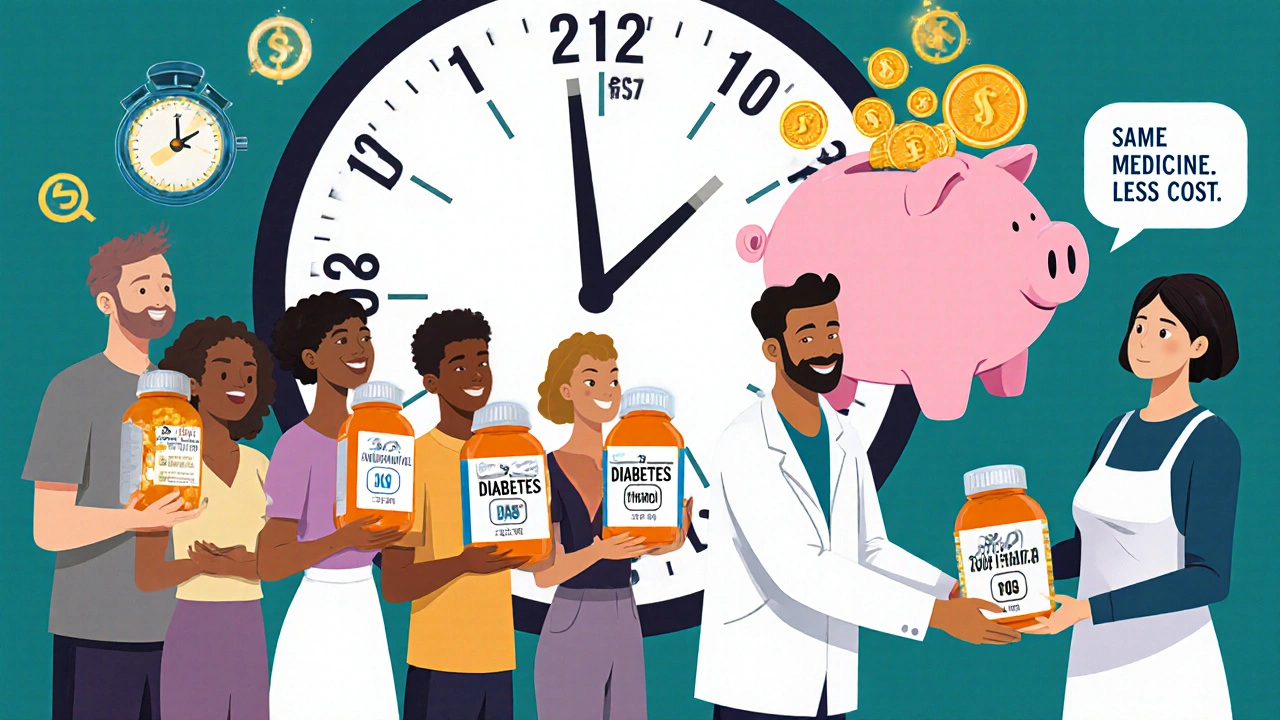
What Happens If You Switch Back and Forth?
Some patients get switched between different generic manufacturers - maybe because your pharmacy changes suppliers, or your insurance switches preferred brands.
That’s normal. Generics from different companies are still FDA-approved and bioequivalent. But if you’re on a drug with a narrow therapeutic index - like warfarin or levothyroxine - your doctor might want to check your blood levels after a switch.
For most people, switching between generics causes no issue. But if you notice a change in how you feel - more fatigue, worse symptoms, new side effects - don’t ignore it. Write it down. Bring it up. It might be nothing. Or it might be a sign your body reacts differently to one formulation.
What’s Changing in the Generic Market?
Generics aren’t static. The FDA has sped up approvals thanks to the GDUFA program. In 2012, it took over three years to approve a generic. Now it’s under 10 months. That means more options, more competition, and lower prices.
More blockbuster drugs are losing patents. In the next few years, drugs for high cholesterol, diabetes, and even some cancer treatments will become available as generics. That’s going to save billions.
But there are risks. About 45% of generic shortages in recent years have come from single manufacturing sites - often overseas. If one factory has a problem, it can affect thousands of patients. That’s why it’s smart to keep a small backup supply if you’re on a critical medication.
Bottom Line: Generics Are Not Second Best
They’re not cheaper because they’re worse. They’re cheaper because they don’t need to pay for marketing, fancy packaging, or years of research. The science, the regulation, and the real-world results all point to the same thing: generics work.
For most people, switching to a generic is the smartest health decision they’ll make all year. It’s not about cutting corners. It’s about getting the same treatment without the price tag.
If you’re unsure, ask. Talk to your doctor. Talk to your pharmacist. Ask questions. You deserve to understand what you’re taking - and why.
Are generic medications as safe as brand-name drugs?
Yes. The FDA requires generic drugs to have the same active ingredients, strength, dosage form, and route of administration as the brand-name version. They must also prove they’re bioequivalent - meaning they work the same way in your body. Both types are held to the same manufacturing standards and are continuously monitored for safety.
Why do generic pills look different from brand-name ones?
U.S. trademark laws prevent generic manufacturers from copying the exact appearance of brand-name pills. That’s why generics may have a different color, shape, or size. But the medicine inside is identical. The differences are only in inactive ingredients like dyes or fillers - which don’t affect how the drug works.
Can I ask my doctor to prescribe only brand-name drugs?
Yes, you can ask. But your doctor will likely ask why. If it’s because of cost, they may suggest alternatives. If you’ve had a bad reaction to a generic before, or if you’re on a narrow therapeutic index drug, they may agree. Just be clear about your concerns. Your doctor’s goal is to get you the right treatment - not the most expensive one.
Do generics take longer to work?
No. Generics must be bioequivalent, meaning they reach the same level in your bloodstream at the same rate as the brand-name version. If you feel a delay, it’s likely psychological - not pharmacological. Your body doesn’t know the difference.
What should I do if I think a generic isn’t working for me?
Don’t stop taking it. Write down your symptoms - when they started, how they compare to before the switch. Talk to your pharmacist first. They can check if the generic is from a different manufacturer or if there’s an issue with the batch. Then schedule a visit with your doctor. You may need a different generic, or in rare cases, the brand-name version.
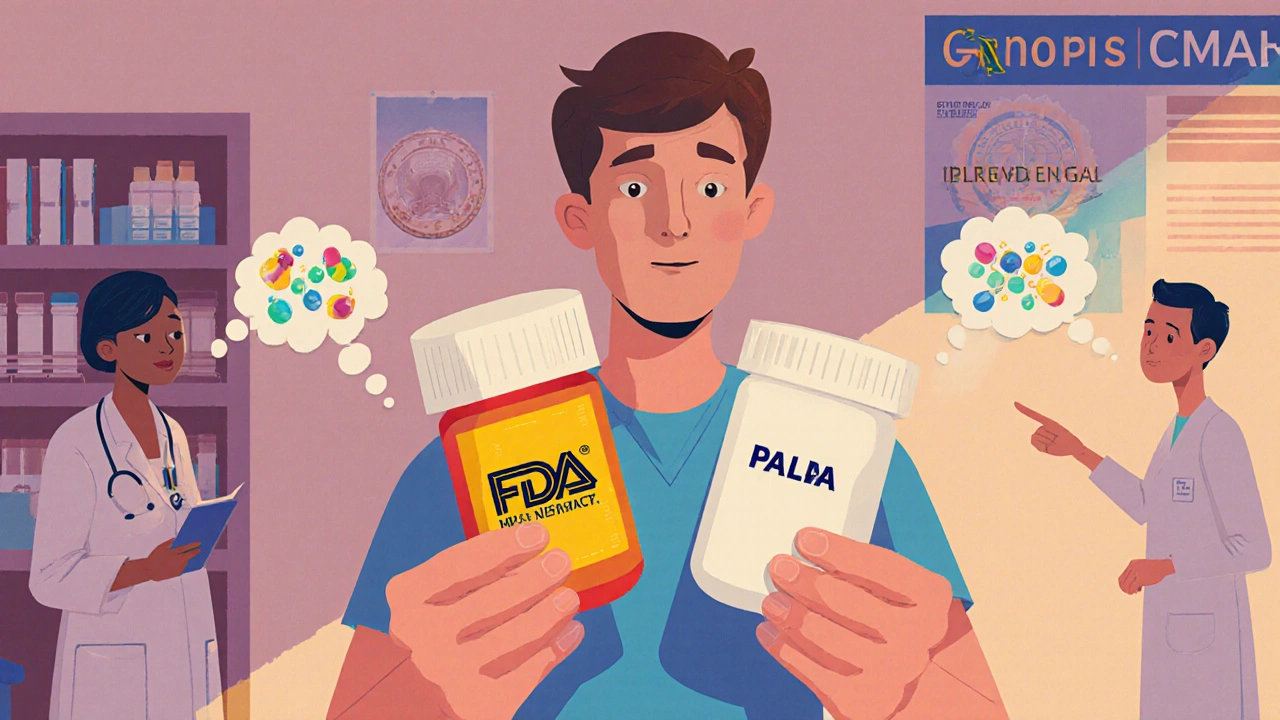
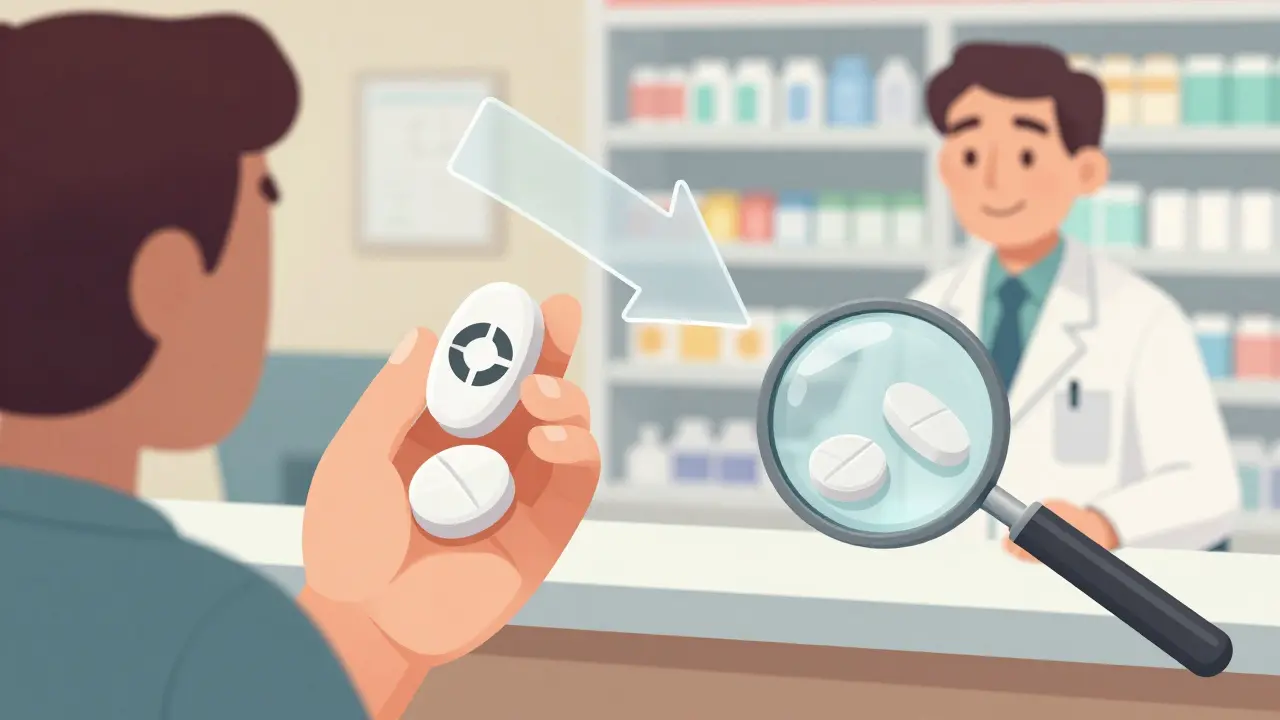
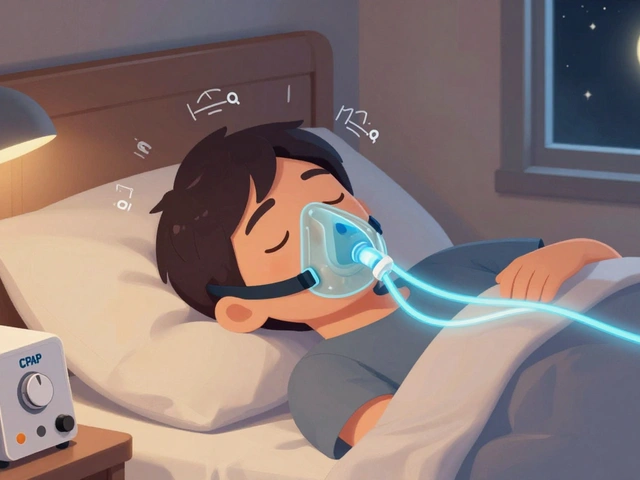
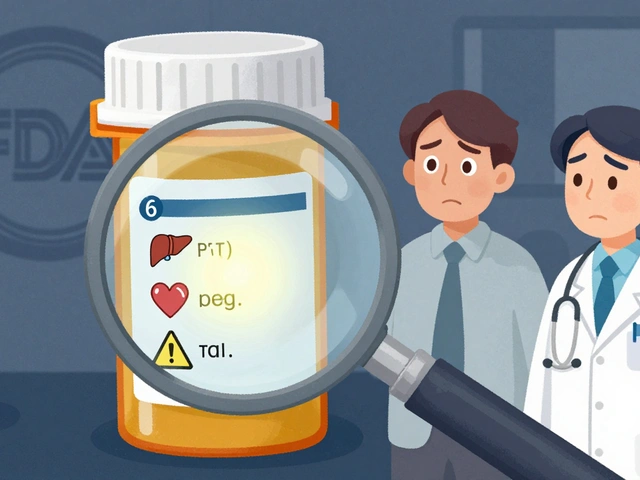
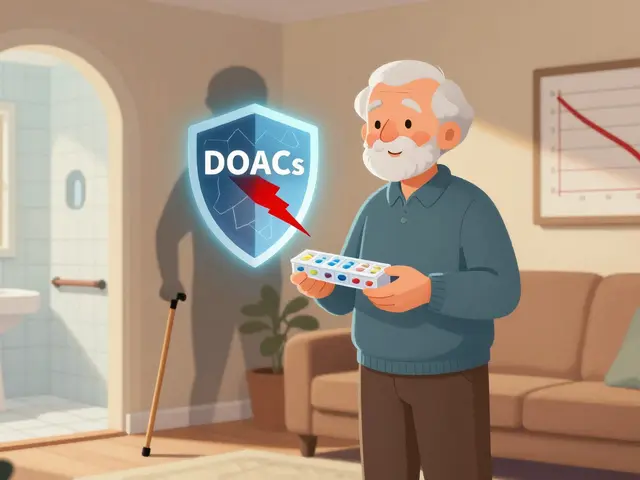

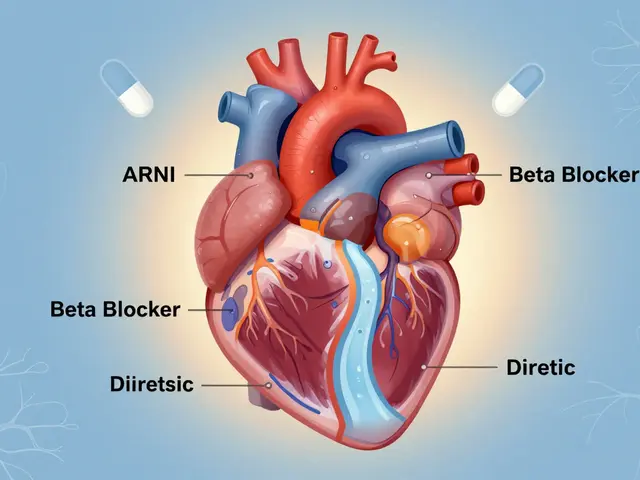





14 Comments
generic saves me like 100 bucks a month on my blood pressure med. no clue why people freak out over the color change. its the same damn thing.
It is scientifically and statistically proven that generics are bioequivalent. The FDA's bioequivalence standards are rigorous and non-negotiable. Anyone who claims otherwise is either misinformed or deliberately spreading misinformation.
The real issue isn't generics it's the monopolistic pricing of brand names. Pharma companies spend more on marketing than R&D. The FDA approves generics fast because they're not reinventing the wheel. Stop pretending this is about safety when it's about profit.
I switched to generic levothyroxine and felt weird for a week. Turns out my body just needed time. Now I'm fine. Don't panic if you feel off after switching.
I'm from South Africa and we don't even have brand-name options for most meds. Generics are the only thing keeping people alive. I've seen grandparents on dialysis take their generics daily because that's all they can afford. This isn't a luxury debate-it's survival.
I asked my pharmacist why my new pill looked like a tiny white hockey puck. She pulled up the FDA bioequivalence data on her phone and showed me the exact same blood concentration curves as my brand. I cried. Not because I was sad-because I finally understood.
You think the FDA is watching? They’re owned by Big Pharma. The same companies that make the brand names own the generic factories. The ‘same active ingredient’? Maybe. But the fillers? Those are where the real toxins hide. They test on rats, not humans. You’re a lab rat.
I used to be a nurse. I saw patients cry because they couldn't afford their meds. Then I saw them switch to generics and get worse. It’s not always placebo. Sometimes the generic just sucks. And yes, I'm saying that as someone who used to work at a pharmacy. The system is broken.
lol generics are fine until u get the one with the weird chalky taste. then u know its fake. my cousin got a batch that made her puke for 3 days. pharma is lying.
I used to be scared of generics too. Then I started asking my pharmacist questions. She gave me a free sample of the generic for my antidepressant. I didn’t feel any different. Now I tell everyone: ask. It’s not weird. It’s smart.
I’ve been on the same generic for 8 years. But every time the pill changes shape, I panic. Is it the same? I check the imprint code. I google it. I’m not paranoid-I’m just tired of being treated like I don’t know my own body.
The FDA’s 80–125% bioequivalence range is statistically valid, but it does not account for individual pharmacokinetic variability. In patients with extreme metabolic differences-such as CYP450 polymorphisms-minor deviations can have clinical consequences. This is not theoretical.
I’ve spent the last 15 years working in rural clinics across the Midwest, and I can tell you this: if a patient can’t afford their medication, they won’t take it. Generics are not just a cost-saving measure-they are a public health imperative. We’ve seen diabetes complications drop, hypertension rates stabilize, and asthma hospitalizations decline since generics became the default. This isn’t about economics-it’s about dignity. Every patient deserves access to treatment without having to choose between rent and refills.
I switched to a generic for my seizure meds. One night I had a full tonic-clonic seizure. The hospital said it was 'likely due to formulation variability.' I almost died. Now I pay $180 a month for the brand. No one in this thread has lost a loved one because of a generic. Don't preach safety when you've never lived the risk.